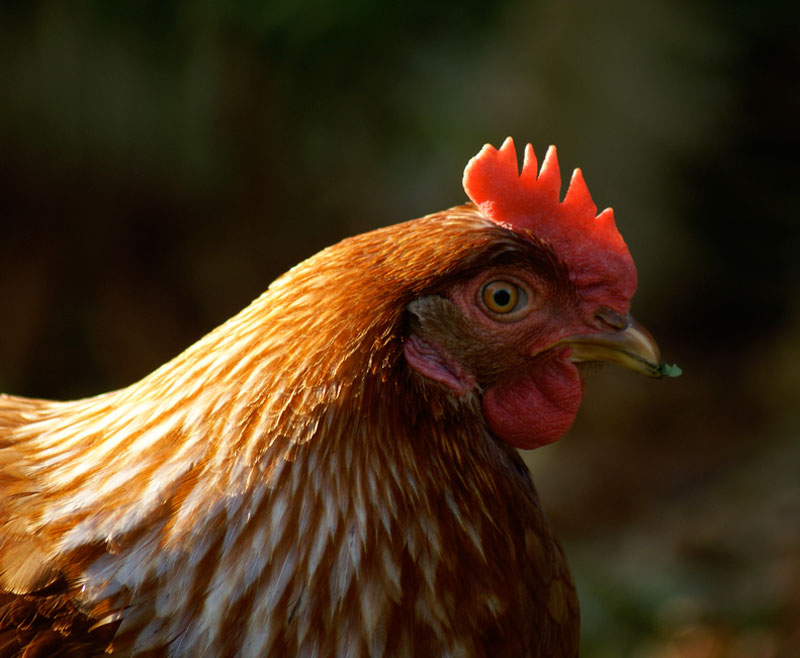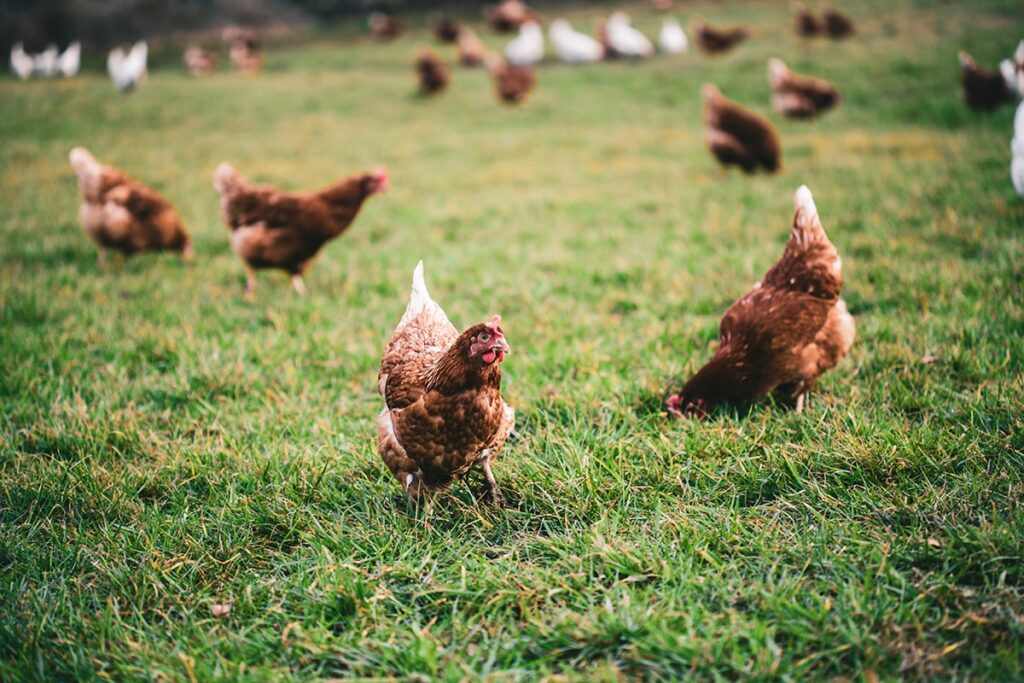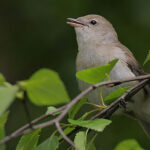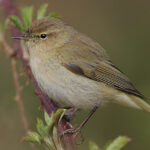1. Headless chicken: A hen can live a long time without a head; in the longest recorded case, a hen for a full 18 months!
2. Speed: Chickens are reasonably fast; they can move at up to 15 km/h
3. Chicken anxiety: Fear of chickens is called ‘alektorophobia’
4. Fork: In Gainesville, Georgia, USA, it’s illegal to eat chickens (and hens) with a fork. However, the law is a PR stunt from 1961 to promote the city as the chicken capital of the world
5. Number of chickens: There are more chickens on Earth than there are people. According to the UN, there are around 19 billion chickens on Earth. The second largest livestock population is cattle, of which there are approximately 1.4 billion. This is followed by pigs and sheep, with around 1 billion of each

Fact: Chickens will eat eggs – even their own!
6. Hen country: The highest number of chickens per capita is found in Brunei, where there are 40 chickens per capita
7. The rooster: In a chicken flock, the rooster has 3 functions: 1) to make the hens’ eggs fertile, 2) to warn and protect his hens from predators and 3) to find food for the hens
8. Favorite chickens: Roosters are picky; they don’t fertilize all hens (not all hens interest them!) and the rooster often has a favorite hen that gets much more attention than the others
9. Chickens: A chicken is called a chicken until it starts laying eggs – then it’s called a hen
10. Fly, chicken, fly! Domesticated chickens – living with humans – cannot fly like other birds. They have lost this ability through breeding over time. However, they can fly for short periods of time over small distances, such as over low fences. However, this is mostly in flight when they feel threatened
Facts about chickens and eggs
- Fertility: Chickens have no heat cycle; they can always mate and develop fertile eggs
- The start of egg laying: A hen is only ready to lay eggs when she is 20 weeks old (this applies to most species, but not all)
- Misshapen eggs: The first few eggs a hen lays may be slightly misshapen, just as old hens can lay abnormal eggs (typically due to age, stress or illness)
- Frequency: Some chicken species lay eggs daily, while others lay eggs less frequently (e.g. every other day or twice a week)
- Eggless chickens: Some hens never lay eggs due to a narrow pelvis or other abnormalities
- The actual laying of the eggs: Some hens prefer to lay eggs on their own, while others prefer to lay them with other hens
- Number of eggs per year: Some chicken species can lay over 300 eggs per year. The record is 374 in 364 days
- Disruptions: The normal laying routine can be disrupted by factors such as feather molting (which they do once a year), winter darkness (lack of sunlight), high or low temperatures (cold winters/hot summers), disease, malnutrition, stress or lack of fresh water. Once the disruptive factor is corrected or disappears, the hen usually returns to her laying routine
- The egg-laying period: Most hens lay eggs for 2 years, but some can go on even longer
- The rooster and the eggs: Chickens will lay eggs whether they have been in contact with a rooster or not. The rooster is only needed to make the eggs fertile (so they can become chicks)
- Size: The size of the eggs depends on the species, age and weight of the hen. In general, large hens lay larger eggs than small hens and older hens lay larger eggs than younger hens
- Color: The color of the eggs depends on the genetics of the hen and can be white, brown, greenish and bluish. The color has no impact on the taste of the eggs, as this is determined by the chicken’s diet
- Plum: Chicken eggs can be without yolk (typically the hen’s first egg) or with double or even triple yolk
- Shell: Chicken eggs can have a double shell, which occurs when one egg is surrounded by another egg
- Egg eaters: Chickens eat eggs – even their own! If an egg accidentally breaks in the chicken nest, there is a high probability that it will be eaten by one of the hens. Some hens even develop a taste for the eggs and start pecking holes in the shells to eat the eggs. These hens should be removed from the other hens, as the others will learn from the egg eater!
You can read more facts about eggs here.





